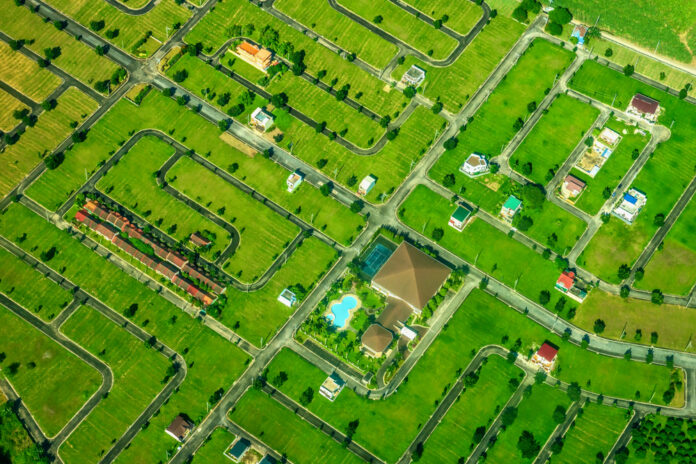The Bangko Sentral ng Pilipinas (BSP) said residential housing units of various types continued to increase in the April to June quarter.
Residential property prices rose 2.7 percent year-on-year, slower than the 6.1 percent growth in Q1 2024. On a quarter-on-quarter (QoQ) basis, housing prices accelerated to 1.8 percent versus only 1.1 percent growth in Q1 2024.
On an annual basis, residential property prices in the National Capital Region (NCR) contracted by 1.0 percent in Q2 2024 with the decline in the prices of single-detached/attached houses outweighing the increase in the prices of townhouses and condominium units.By contrast, residential property prices in Areas Outside the NCR (AONCR) increased by 4.2 percent. This growth was driven by the annual price increases in duplex housing units, single-detached/attached houses, and condominium units, which surpassed the decline in townhouse prices.
On an annual basis, residential property prices in the NCR and AONCR rose by 3.8 percent and 1.2 percent, respectively.
By housing type (excluding the duplex housing units), condominiums posted the highest annual growth rate of 10.6 percent in Q2 2024, followed by a 1.7 percent growth in single-detached/attached houses. Yownhouses registered a contraction of 0.8 percent.
On a QoQ basis, price increases across housing types in Q2 2024 were mixed. Prices of condominium units grew the fastest at 4.2 percent, followed by single-detached/attached houses at 3.2 percent, while duplex housing units and townhouses registered a 2.3 percent and 2.6 percent decline, respectively.
In Q2 2024, the number of residential real estate loans (RRELs) granted for all types of new housing units annually contracted by 3.5 percent. Specifically, loans granted in the NCR fell by 9.2 percent, while those in AONCR only marginally declined by 0.8 percent. On a quarterly basis, nationwide housing loan availments fell by 15.1 percent, following the decline in the NCR and AONCR of 11.5 percent and 16.6 percent, respectively.
The total number of RRELs granted decreased by 3.2 percent year over year, reflecting the 0.9 percent and 4.2 percent contraction in both the NCR and AONCR, respectively. Similarly, the total number of transactions decreased by 9.9 percent QoQ as the 14-percent decline in the number of RRELs in AONCR negated the 1.4-percent growth in the NCR.
In Q2 2024, the appraised value of new housing units averaged P83,759 a square meter (sqm), registering 6.8 percent and 1.8 percent growth rates from a year earlier and quarter-ago levels, respectively.
Similarly, the average appraised value per sqm in the NCR increased by 9.6 percent YoY and 5.6 percent QoQ to P140,158 per sqm. The average appraised value per sqm in AONCR expanded by 7.8 percent YoY but declined by 4.0 percent QoQ to P58,741. It was noted that the average appraised value of properties in the NCR is more than twice that in the AONCR.
The weight of each type of housing unit in the RREPI is determined by dividing the total floor area (in sqm) of a specific type of housing unit over the total floor area of all housing types. In Q2 2024, single-detached/attached houses continued to constitute the largest weight in the RREPI at 49.3 percent. Meanwhile, townhouses, condominium units, and duplex housing units accounted for 25.9 percent, 24.4 percent, and 0.4 percent in the calculation of the RREPI, respectively.
In Q2 2024, 78.7 percent of residential real estate loan (RRELs) transactions were used to purchase new housing units. By type of housing unit, most of the residential property loans were used for the acquisition of single-detached/attached houses at 47.9 percent, followed by condominium units (32.5 percent), and townhouses (19.3 percent).
Most of the RRELs granted in the NCR were for the purchase of condominium units, while RRELs granted in AONCR were for the purchase of single-detached/attached houses.
By region, 29.7 percent of the total number of RRELs granted were from the NCR. The other regions, which contributed significantly to the number of RRELS granted, were as follows: CALABARZON (30.1 percent), Central Luzon (13.0 percent), Central Visayas (8.0 percent), Western Visayas (7.0 percent), Davao Region (4.4 percent), and Northern Mindanao (3.3 percent). The said regions, including the NCR, comprised 95.5 percent of the total housing loans granted by banks.







